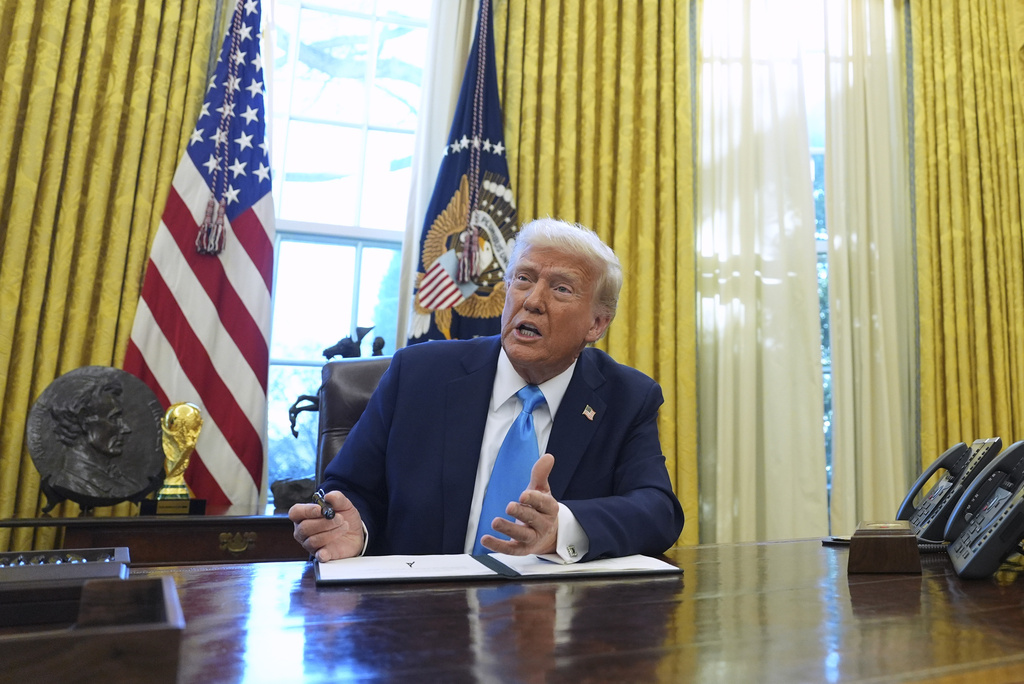As an inaugural member of the ABC News race and culture team that launched in 2020, I was responsible for ensuring the network’s content reflected the diverse voices and perspectives of all Americans across various issues.
Our mission was to explain how everyday problems – from analyzing the impact of the COVID-19 pandemic on communities of color to tracking the affordability crisis stemming from inflation – were impacting diverse communities.
With the nation keenly focused on healing long-entrenched racial wounds, other media outlets launched similar teams to give diverse voices a chance to shine. Teams like mine at ABC covered the transformative change that DEI initiatives ushered in, boosting representation at elite colleges and in the C-suites of Fortune 500 companies for people from underrepresented backgrounds.
But fast-forward to today. DEI initiatives have been subjected to a new wave of unrelenting scrutiny from critics, blamed for everything from inflation to a tragic American Airlines plane crash in the Potomac River in Washington, D.C. On the first day of his new administration, President Donald Trump issued executive orders demanding that federal agencies and private businesses that contract with the federal government end diversity programs. DEI rollback announcements by major U.S. companies, including some not directly subject to the executive orders, followed at a breakneck pace.
“It’s that malleability,” said Columbia Journalism School Dean Jelani Cobb referring to DEI in a February New Yorker podcast episode. “[The] one source that you can use to blame every single failing or shortcoming or difficulty in life on.”
That seismic shift in attitude has affected journalism as well. Some media organizations have either completely shuttered diversity coverage teams and offices or have stripped down staffing to bite-sized levels. And, in my view, this waning commitment within newsrooms to tell stories geared toward diverse audiences is one of the primary reasons why coverage of DEI rollbacks has too often failed to provide the necessary context.
What the DEI rollback stories are missing
To be sure, newsrooms have had their hands full in covering the dizzying pace of DEI rollbacks after the Trump administration’s shock-and-awe changes to federal policies. But what’s missing from too many news stories about the anti-DEI blitzkrieg is more background information about how diversity, equity, and inclusion became key components in government and private sector operations.
The racial upheaval that followed George Floyd’s 2020 murder prompted many businesses, government agencies, nonprofits, and universities to commit to elevating the voices of minorities within their own organizations. In the years that immediately followed, DEI initiatives had broad support in U.S. public opinion polls.
Simply referencing this important context in storytelling about DEI rollbacks would help journalists show their audiences how drastic and speedy the shift away from DEI policies has been.
Journalists should also inform audiences about the body of evidence that diversity drives business success – even at some of the companies that have recently announced rollbacks. A 2020 report from management consulting firm McKinsey and Company, for instance, found that companies with more diverse executive teams are 25% more likely to have above-average profitability. This data underscores the importance of DEI not just from a social justice perspective but also as a clear business imperative.
How a complete picture helps newsrooms win
This approach challenges the DEI narrative crafted by the Trump administration. But journalists have a responsibility to hold powerful institutions to account, whether the White House or giant corporations. Fact-checking false assertions and providing important context is a big part of journalism’s societal mission. It’s also a way to start rebuilding America’s confidence in the press as an institution and as a core figure in democracy.
Being intentional as a storyteller requires journalists to look at complex, politically supercharged issue like DEI rollbacks through multiple lenses. And if journalists are to fulfill their roles as watchdogs on behalf of the public, they must reflect the diverse views of their audience by contextualizing the issue, which goes way beyond simply reporting a news headline.
It’s easy to overlook these nuances in the heat of breaking news. But they can be addressed by taking a step back, speaking to educated observers across the political spectrum, and including those perspectives in the reporting. Once that’s done, we will have accomplished an important public service by covering DEI with the journalistic integrity that audiences expect and deserve.


